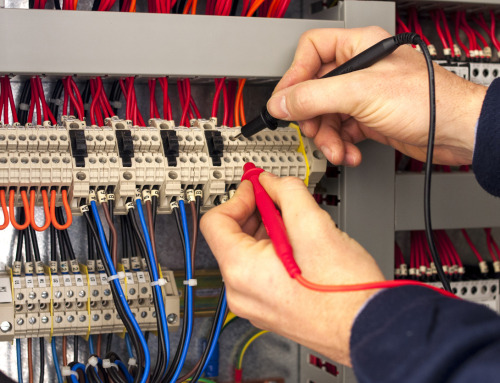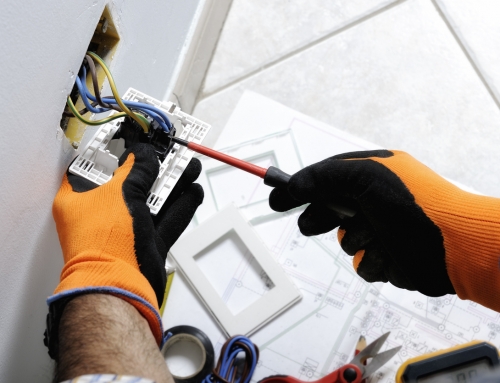We’ve already had one electrical shock at a workplace this year.
When it comes to workplace safety, we can never afford to take it easy. Construction sites are high risk environments. This means that you need to be more vigilant than other workplaces when it comes to safety.
Tool tagging on construction sites is one method of safety management. A combination of regular inspections, team training, and risk assessment will help keep your construction site safe.
For more information about our tool tagging services, check out the rest of our article.
The Importance of Tool Tagging on Construction Sites
Last year, there were 13 fatalities on construction sites in New Zealand.
From Jan 2018 to Nov 2019, there were 516 incidents involving electric shock at work. A notifiable incident is one where someone has been exposed to a serious and immediate risk of harm.
That is an average of 22 incidents per month.
We need to do everything we can to help minimise the chance of electrical exposure on construction sites.
The best way you can prepare your site is with a proactive approach. That means identifying and removing risks before they cause an accident.
All workplaces are obligated to have regular electrical inspections for their appliances and tools. In short, tool tagging on construction sites is essential and compulsory.
Test and Tag Requirements for Construction Sites
When you’re maintaining safety in a workplace, any equipment that plugs in needs to be tested. The frequency of testing can vary based on the environment you are in.
When it comes to construction sites, we refer to the AS/NZS3012:2010. Testing and tagging on construction sites needs to occur in 3 monthly intervals. There are four different coloured tags that need to be attached to the device so people know when it was last tested.
You can find out more about test and tag colours in our other blog post.
If you fail to secure your workplace, you will be subject to personal and organisational fines. And that’s the best-case scenario. In the worst-case scenario, someone is injured or killed because of your negligence.
Don’t let your safety procedures slip through the cracks.
Start the year off by making sure your inspections are done.
WorkSafe Test and Tag Penalties
Failure to comply with the standard can result in a personal fine of up to $10,000 (if prosecuted) or $50,000 for an organisation.
The real cost would be the safety of yourself and your employees.
For more assistance ensuring electrical safety on your construction site, take a look at this helpful guide from WorkSafe. They have a whole collection of resources to help you secure your construction site.
Contact Jim’s Test & Tag Today
Have all of your power tools and electrical equipment tested now.
Our team members are completely mobile — we will visit you on site and take care of all of the testing so you can get on with the job at hand.
After we’ve finished the tests, we will give you a test report so you can have a record of your compliance with New Zealand safety standards.
For professional tool tagging on construction sites all around New Zealand, call us now or fill in the online form now. Get your free quote today!







